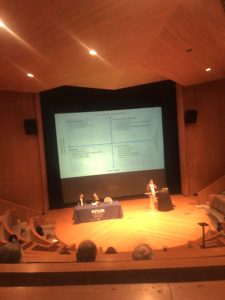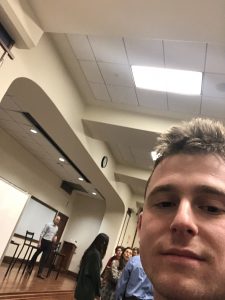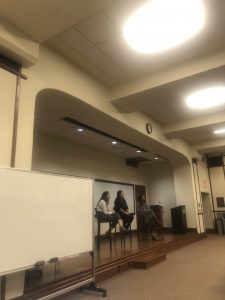This chapter revolves more about Muhammad’s successors or more like his disciples. Muhammad had changed and shifted many peoples’ views on life and divinity. Many people did not want to believe that Muhammad was dead, but Abu Bakr went before the community and said, “O men, if anyone worships Muhammad, Muhammad is dead; if anyone worships God, God is alive, immortal!” (Aslan, 85). Aslan describes that people were scared to continue on because they felt like they were not prepared for it. There would need to be a new leader, and it was the one that implied that people need to move on and accept Muhammad’s death, Abu Bakr. However, Abu Bakr had someone who would compete with him for the throne, and it was Muhammad’s cousin, Ali. But, Ali agreed it should be Abu as he appointed Umar his successor.
Abu would have military campaigns against these fake prophets. However, Abu died two years after Muhammad, and Umar was the next leader. Umar turned out to be a great military leader. He was a leader who was all about equality, inclusion, and peoples’ voices being heard rather than being autocratic. His successor was Uthman who had more wealthy power than being a regular ruler through leadership. He’d appoint people in his clan and was accused of supporting nepotism. However, he was murdered. Finally, Muhammad’s cousin Ali was the final leader chosen, and Aisha had led a revolt against him which would be called the Battle of the Camel. Battle of the Camel was the first Islamic civil war. There was a divide between the sectarian lines. However, Ali agreed to settle between the two lines even though he was going to win. After, Ali was murdered by Kharijites who seceded from his party, and his successor was his son, Yazid. Overall, this was a very interesting chapter about the successors who kept filling the role of Muhammad’s next heir.


